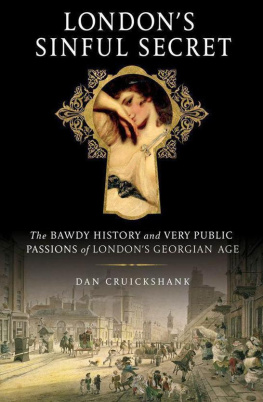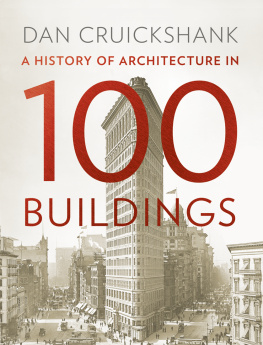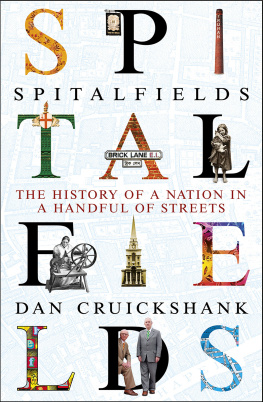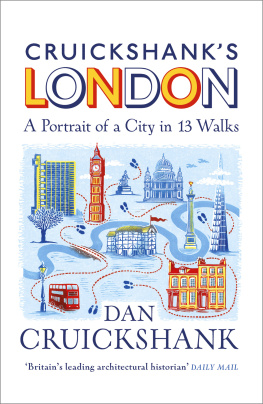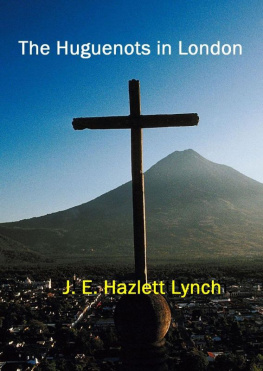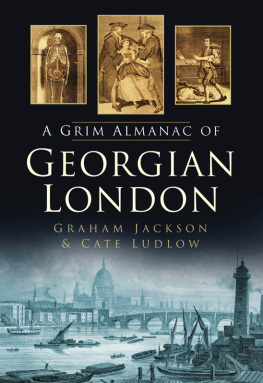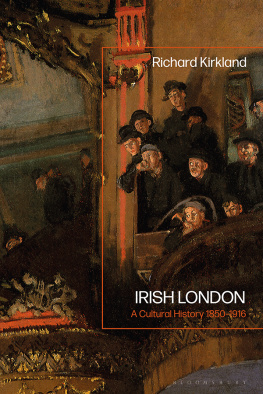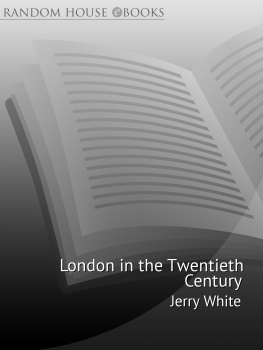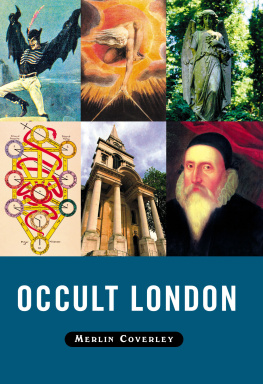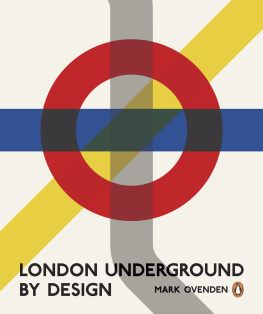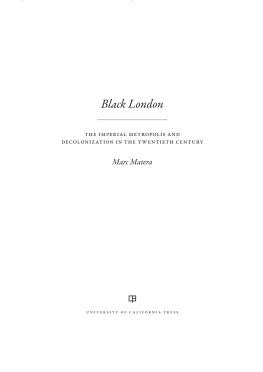
Contents





Preface

I started researching the relationship between the buildings of Georgian London and the citys sex industry in 1999 while working on a television programme that was finally broadcast on BBC2 as Sex in the Georgian City .
I had been fascinated by the architecture of Georgian London for many years before that my first book on the subject, London: the Art of Georgian Building , was published in 1975. But back in 1999 the Georgian sex industry was a new area of research and I found myself drawn into a strange and exotic world with, to my amazement, a vast and varied number of connections not only to Londons architecture and economy but also to the arts, sciences, commerce and, of course, the spheres of law, medicine, philanthropy, theology and social reform. The Georgian sex industry, mushrooming in size the more I studied it, seemed to entwine and make sense of so many apparently disparate aspects of the life and culture of Georgian London.
The sources from which I have extracted information while writing this book have been many and diverse. Mostly, I have used contemporary written accounts of every sort but also paintings, prints, stage productions, and a whole range of tangible artefacts ranging from plaster panels and drinking glasses to archaeological finds, individual buildings and whole quarters of London. Although the fields of painting and the stage are dealt with in discrete sections of the book, literature is not. The reason for this is simple. Familiar and key works such as Moll Flanders , Fanny Hill , Pamela , The Adventures of Roderick Random and The Monk are used throughout as primary sources rather than being analysed in isolation.
In addition to the huge amount of well-documented period source material that existed when I began my research, the intervening years have produced an enormous number of new and important publications to scrutinise. Since I started my enquiries into Georgian Londons sex industry, the subject has become a highly popular topic for scholarly study and many others have now ploughed what, back in 1999, was still largely a virgin field. I have in about equal measure benefited from and been horribly daunted by the array of very high-quality publications that have appeared since the late 1990s mostly produced by very well-informed and perceptive American academics. Seminal works include Randolph Trumbachs Sex and the Gender Revolution and Arthur H. Cashs reconstruction and analysis of John Wilkes contribution to An Essay on Woman . Both these books have been extraordinarily useful to me. I also want to give particular thanks to Hallie Rubenhold, whose book on Jack Harris and his Covent Garden Ladies has been invaluable, as has her advice and very generous help in suggesting other sources of information and topics for research, particularly Londons bagnios.
Other authors whose books have proved especially useful include Jenny Uglow and Ronald Paulson (both for works on Hogarth, and Paulson in particular for insights into Henry Fielding), E. J. Bristow, E. J. Burford, Ivan Bloch, Robert A. Erickson, A. D. Harvey, Tony Henderson, Tim Hitchcock, Gerald Howson, Peter Linebaugh, Rictor Norton and Lydia Syson. My thanks to them all, and also to Martin Postle for his advice on Sir Joshua Reynolds and to Tim Carew for sharing his discoveries about a recently excavated bagnio on the Piazza in Covent Garden. Of invaluable assistance have been the many volumes of the Survey of London , the Proceedings of the Old Bailey, compiled by Clive Emsley, Tim Hitchcock and Robert Shoemaker and accessible online ( www.oldbaileyonline.org ), and the editorial team, headed by Alexander Pettit and Patrick Spedding, who compiled, edited and wrote the five volumes of Eighteenth-century British Erotica .
I also want to give my thanks to the editorial team at Random House, in particular Nigel Wilcockson, who responded to a huge and daunting text in a most cool and creative manner, to Emily Rhodes for all her able assistance especially with picture research and to Lynn Curtis for her speedy and nothing short of miraculous transformation of my text into a publishable proposition.
Lastly I would like to thank the BBC team that started this adventure with me back in 1999: Basil Comely, Sam Hobkinson, Sally Benton and Nicholas Barratt.
Dan Cruickshank, Spitalfields, August 2009
Introduction

Georgian London was the product of a potent mix of economic and social forces. The harmonious Georgian quarters of London such as Bloomsbury and Marylebone are, like the coherent classical city of Bath, corporate works of art and models of refined urban living, famed for their beauty and civilised virtues. But beauty was not the primary aim when these areas were constructed, nor was the creation of urban perfection.
Britains inspirational and exemplary Georgian cities, towns and urban enclaves were largely and invariably created by ruthless speculating builders and ambitious landlords striving to make their fortunes or, at the very least, to escape the debtors prison if the volatile economy of the age, as vulnerable as ours to unpredictable forces, should suddenly turn sour. Architectural beauty was only pursued in so far as it served to make the speculatively built houses easier to let or lease for the maximum amount of rent. Georgian cities were created by private financial adventurers with money to invest in the hope of making more money. By good fortune, indeed almost paradoxically, the pursuit of profit and short-term interest resulted in the creation of internationally admired works of timeless architectural beauty.
Since, therefore, the creation of Georgian cities was rarely the work of enlightened or altruistic artistic patrons or high-minded public benefactors but, rather, of private entrepreneurs embroiled in money-making exercises, it is fascinating to consider where the money for their schemes came from and who the investors actually were. The answer is complex in its fine detail but, broadly speaking, in times of economic confidence and flourishing trade following peace treaties for example, after the Treaty of Utrecht of 1713 that terminated the War of the Spanish Succession, and the Peace of Paris in 1763 that put an end to the Seven Years War virtually anyone with money to spare chose to invest in speculative house building. When the economy was buoyant and stable and demand for houses high, the returns for speculators seemed generous and certain. Those already making money in Londons most lucrative trades for example, brewing, the river trades and port, the silk industry during the first half of the eighteenth century, and the construction industry itself ploughed their profits into house building. And among these prime money-making ventures was the capitals sex industry, which was one of the most valuable commercial activities in eighteenth-and early-nineteenth-century London in terms of annual turnover.
Next page
